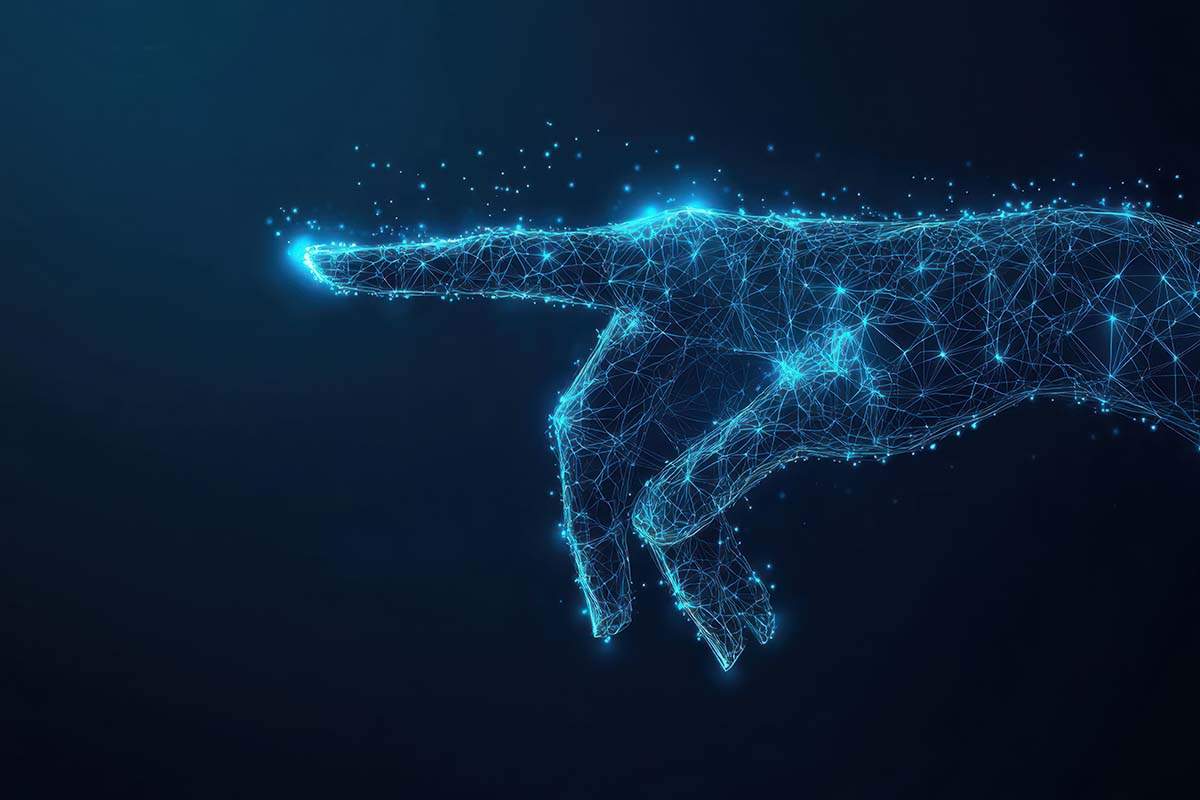Exploring the Journey of a Modern Innovator
✨Key Points
Innovation as Evolution: Modern innovators focus on refining and reimagining existing ideas rather than creating entirely new ones, blending creativity with purpose.
Empathy and Collaboration: Today’s innovation thrives on emotional intelligence, teamwork, and community engagement, turning ideas into meaningful change.
Adaptability and Vision: Successful innovators stay agile amid rapid technological and cultural shifts, refining their vision to remain relevant and impactful.
Innovation has always been the driving force behind human progress.
From the first spark of fire to the digital age, every leap forward has been guided by curious minds unafraid to challenge convention.
Yet, the modern innovator faces a unique challenge: how to navigate a world that is already saturated with technology, ideas, and information.
What defines innovation today isn’t simply invention but evolution, the ability to refine, reimagine, and redefine existing concepts in a way that changes lives.
The journey of a modern innovator is one of creativity, persistence, and an unshakable vision.
It’s not merely about designing the next big thing but about shaping a better, more connected world.
The Legacy of a Modern Innovator
Every innovator hopes to leave behind more than a product; they seek to leave a legacy.
That legacy might be a movement, a mindset, or an enduring shift in how people see the world.
A true innovator’s journey is not defined by recognition or wealth, but by the difference they make.
Their ideas may evolve, their methods may change, but their impact endures.
The influence of a visionary continues long after their first success, inspiring the next generation to imagine, create, and challenge convention.
To learn about Mike Savage, for instance, is to see how a modern innovator bridges creativity with practical change.
His work reflects the spirit of constant evolution, embracing both art and innovation to shape meaningful experiences.
It’s a reminder that innovation is not confined to one field; it’s a mindset that transcends boundaries and industries alike.
The Changing Face of Innovation

Innovation no longer lives solely in laboratories or corporate boardrooms.
It has become part of everyday life, embedded in how we work, communicate, travel, and even rest.
The modern innovator doesn’t need a massive research grant or a global platform to make an impact; they need purpose, clarity, and a willingness to fail before they succeed.
Unlike past generations of inventors, who often worked in isolation, modern innovators thrive in collaboration.
They blend disciplines, technology with design, business with psychology, and creativity with data, to develop ideas that feel both personal and universal.
In a world that moves faster than ever before, innovation has shifted from creating something entirely new to improving what already exists.
This evolution has also made innovation more human.
It’s no longer just about function but about emotion.
Whether it’s a sustainable fashion brand, an eco-conscious startup, or a digital solution for mental health, today’s innovators are driven by empathy as much as by intellect.
The Spark of an Idea
Every journey begins with a spark, a problem that needs solving, a question that needs answering, or an experience that demands change.
For most innovators, this moment of inspiration often comes from personal experience.
It might be the frustration of dealing with outdated systems, the desire to create more inclusive solutions, or simply the curiosity to ask, “What if?”
But inspiration alone isn’t enough.
The true test of an innovator lies in their ability to transform that spark into something tangible.
This requires experimentation, persistence, and the courage to face uncertainty.
Failure is not the opposite of innovation; it is its foundation.
The modern innovator understands that each setback offers insight, refining both the idea and the person behind it.
It’s this willingness to embrace imperfection that separates dreamers from doers.
Those who succeed in turning vision into reality do so because they persist long after others have given up.
Building on a Foundation of Curiosity
Curiosity is the heartbeat of innovation.
The modern innovator is not satisfied with surface-level understanding.
They want to explore the mechanisms behind how things work.
This mindset doesn’t fade with age or experience; if anything, it deepens.
In a world where answers are a search away, it’s easy to confuse information with understanding.
But curiosity demands more than collecting facts.
It requires asking the right questions.
Why does this system work this way? How can it be improved?
What would happen if we removed a step, added a connection, or approached it from a new angle?
Modern innovators live in a state of constant learning.
They read widely, experiment often, and surround themselves with diverse perspectives.
They see the world not as a series of limitations, but as a canvas of opportunities.
This endless curiosity allows them to connect seemingly unrelated ideas, leading to breakthroughs that feel both revolutionary and natural.
The Human Side of Innovation
Behind every innovation is a story, a deeply personal one that reflects the values and motivations of its creator.
Modern innovators are not faceless entrepreneurs chasing profit; they are storytellers crafting narratives that inspire connection and change.
Emotional intelligence has become just as essential as technical expertise.
Today’s innovators understand that success isn’t measured only by what they create but by how it impacts people’s lives.
They design products, systems, and experiences that resonate emotionally, fostering trust and loyalty in an increasingly digital world.
Empathy drives innovation forward. It helps innovators identify real needs, not just surface-level demands.
By understanding the struggles and aspirations of others, they can create solutions that don’t just work; they matter.
Adapting to a World in Motion
The modern innovator’s journey doesn’t follow a straight line.
Technology, consumer behavior, and cultural shifts evolve at lightning speed, forcing even the most brilliant ideas to adapt or risk becoming obsolete. Agility is no longer optional but essential.
Adaptation, however, doesn’t mean abandoning one’s vision.
It means refining it. Innovators must be comfortable with change, seeing it not as a threat but as an invitation to grow.
The ability to pivot, to adjust strategies while staying true to a core mission, is what sustains innovation in an unpredictable world.
The best innovators anticipate trends before they happen.
They don’t wait for the market to shift; they create the shift themselves.
By observing subtle patterns and maintaining a flexible mindset, they stay one step ahead in industries that change overnight.
Collaboration as the Cornerstone
Gone are the days of the lone genius working in secrecy.
Innovation today thrives on collaboration, on the collective power of many minds working toward a shared vision.
Whether through open-source projects, cross-industry partnerships, or creative communities, collaboration fuels progress.
Modern innovators understand that great ideas often come from unexpected places.
A designer might gain inspiration from a scientist, a technologist from an artist, or an entrepreneur from a humanitarian.
These intersections spark new ways of thinking, breaking down the silos that once limited creative potential.
Moreover, collaboration extends beyond professional networks.
It includes the community, the people who ultimately use and shape the innovation itself.
By engaging with users, innovators gather valuable feedback, ensuring that their creations remain relevant, accessible, and impactful.
The Role of Technology in Modern Innovation
Technology is both a tool and a catalyst for innovation.
Artificial intelligence, automation, and digital communication have transformed what’s possible, allowing ideas to scale faster than ever before. Yet, technology alone isn’t innovation; it’s how people use it that counts.
Modern innovators don’t rely on technology for its own sake.
They leverage it to enhance human potential, simplify complex systems, and improve quality of life.
The most successful innovations are those that make technology feel invisible, seamlessly integrated into daily living.
From renewable energy systems to digital art, innovation today is about creating harmony between the mechanical and the human.
Technology becomes meaningful when it serves a purpose beyond efficiency, when it inspires connection, understanding, and progress.
Lessons from the Path Forward
The journey of a modern innovator teaches us that progress is not a destination; it’s an ongoing pursuit.
Every challenge presents a new opportunity to learn, and every idea has the potential to spark transformation.
The innovators who thrive in the modern world share a few defining traits.
They are resilient, able to see failure as feedback rather than defeat.
They are empathetic, designing with people in mind rather than markets alone.
They are curious, constantly seeking to understand rather than to dominate.
And above all, they are brave, willing to take risks in pursuit of something greater than themselves.
Conclusion: Redefining Innovation for the Future
The journey of a modern innovator is one of vision, courage, and heart.
It’s not about achieving perfection but about embracing the process of discovery.
Every experiment, every setback, and every triumph contributes to a larger story, the story of human progress.
As technology continues to evolve, so too must our understanding of innovation.
It’s not just about invention anymore; it’s about intention.
It’s about crafting solutions that improve lives, inspire connection, and leave a lasting mark on the world.




















